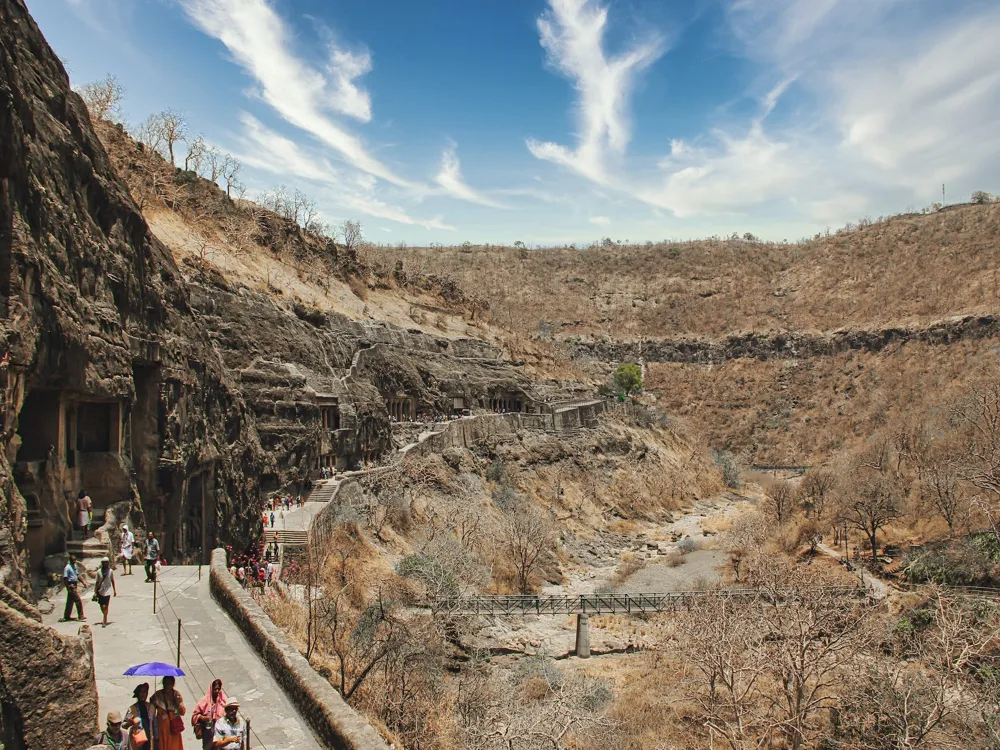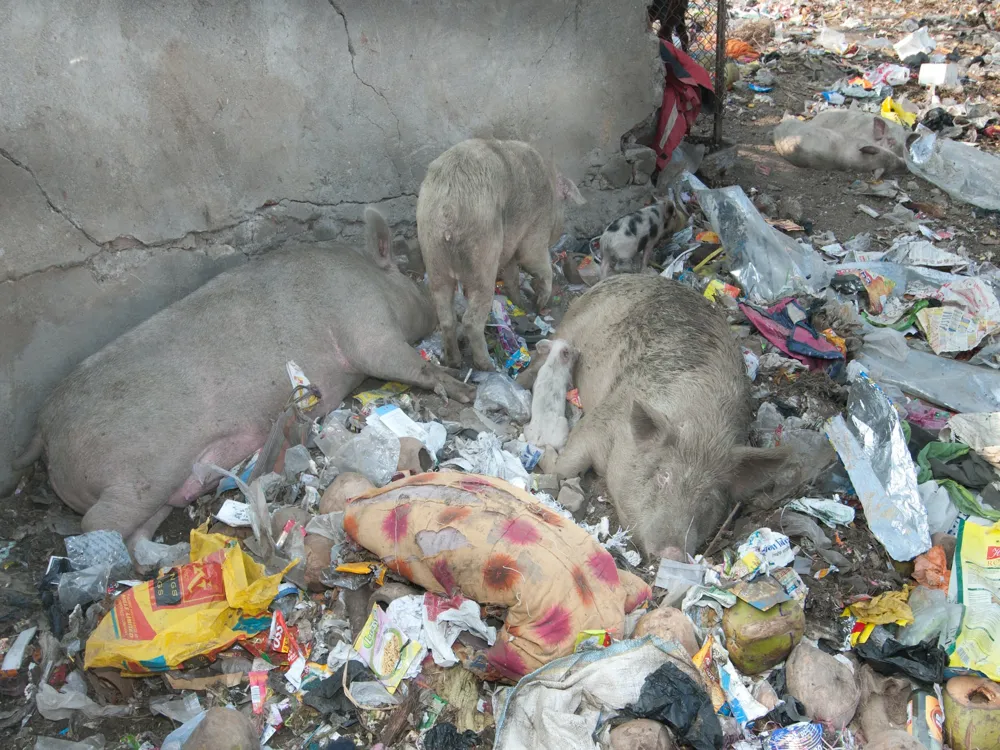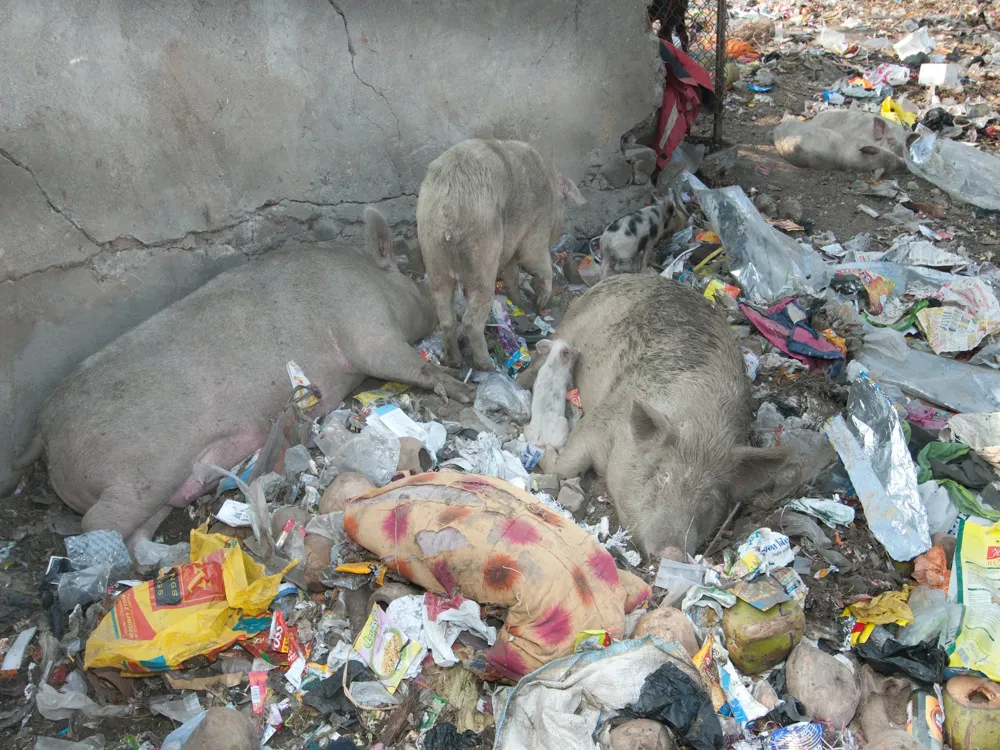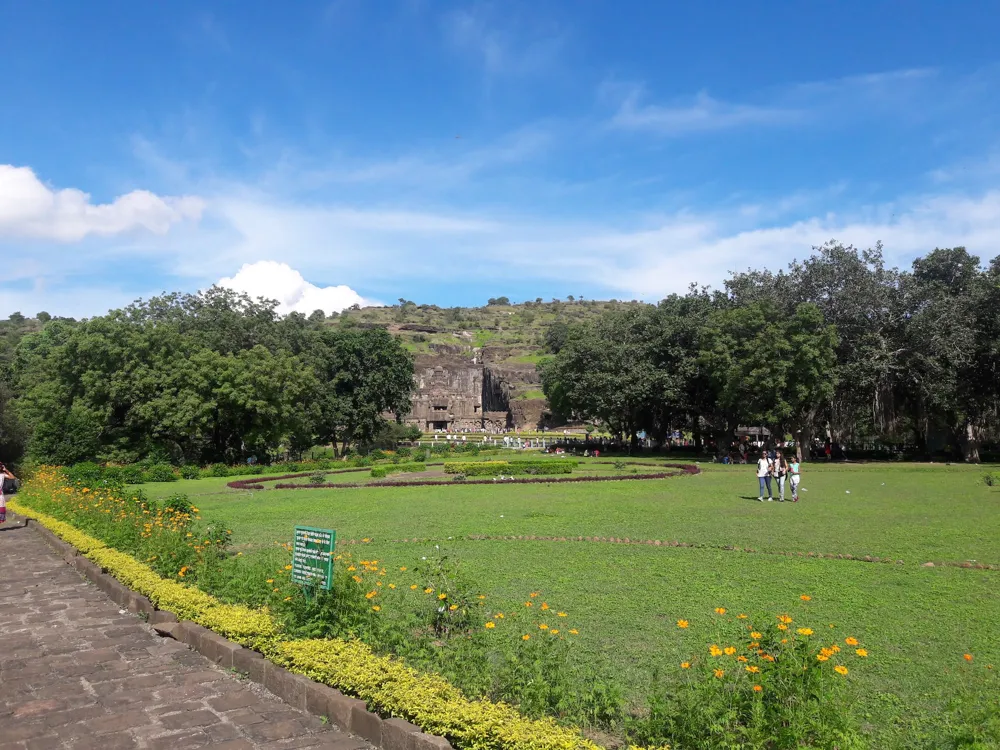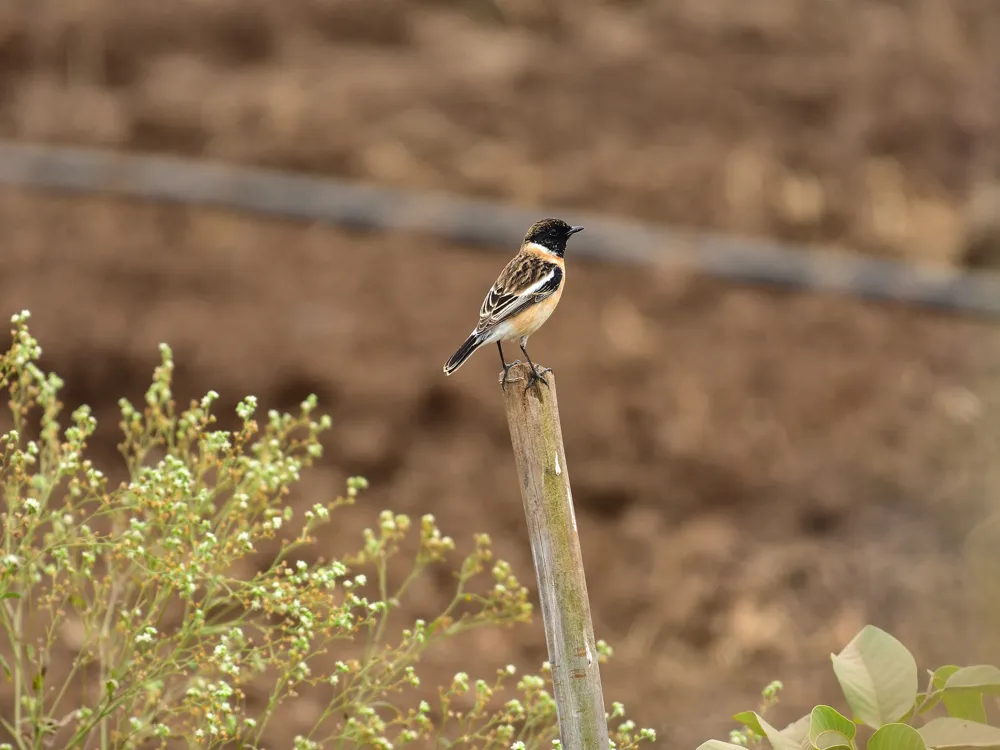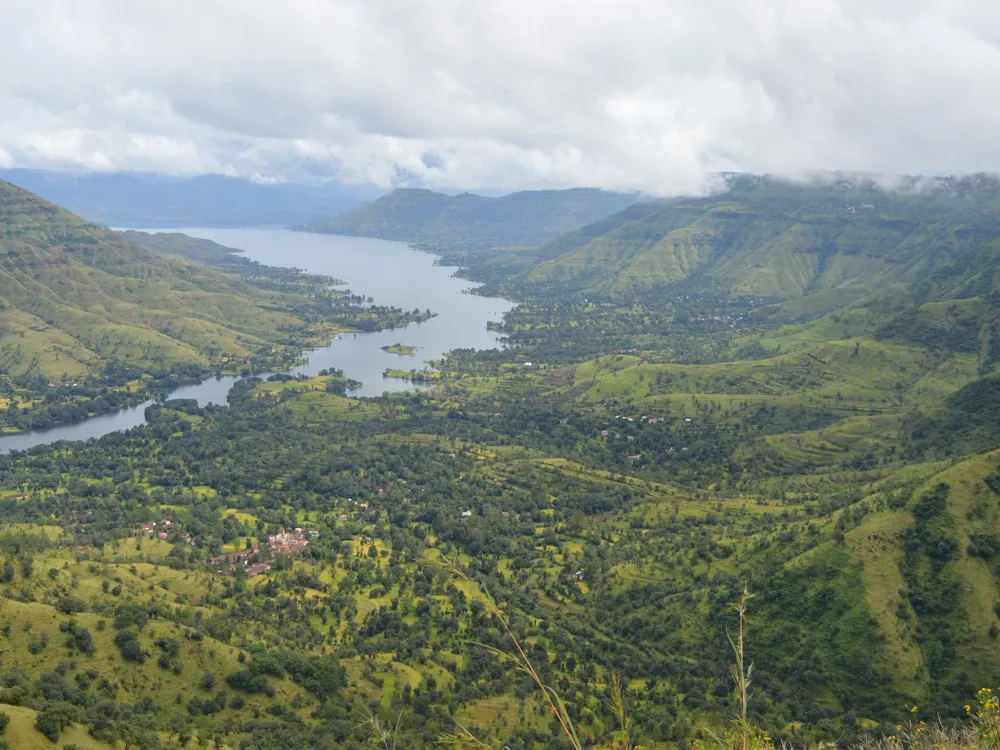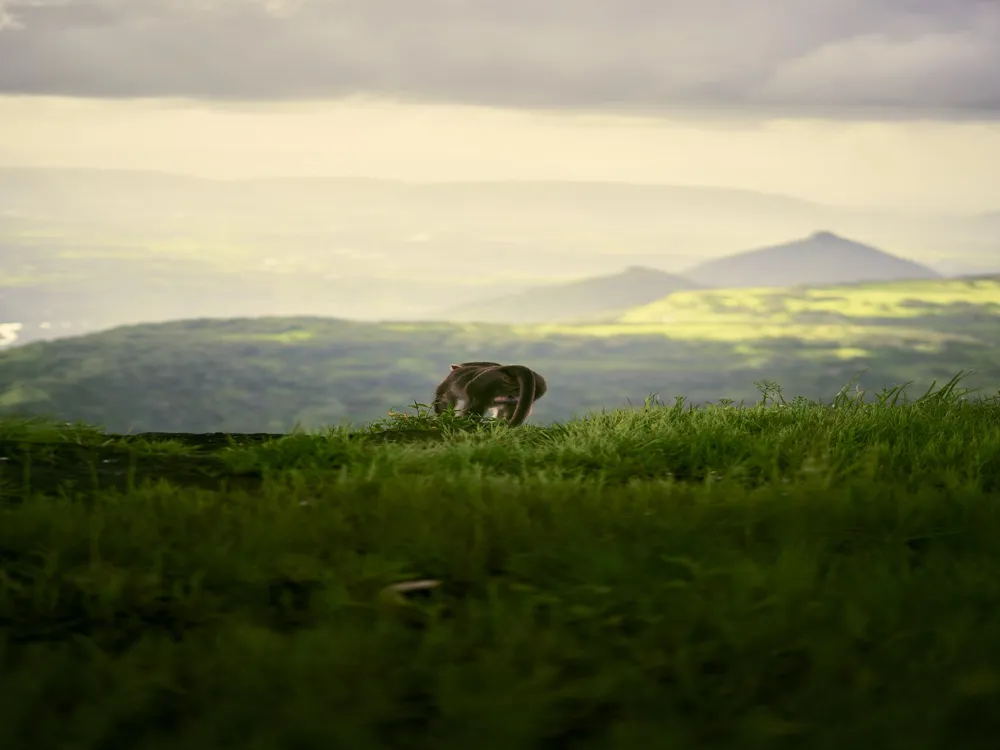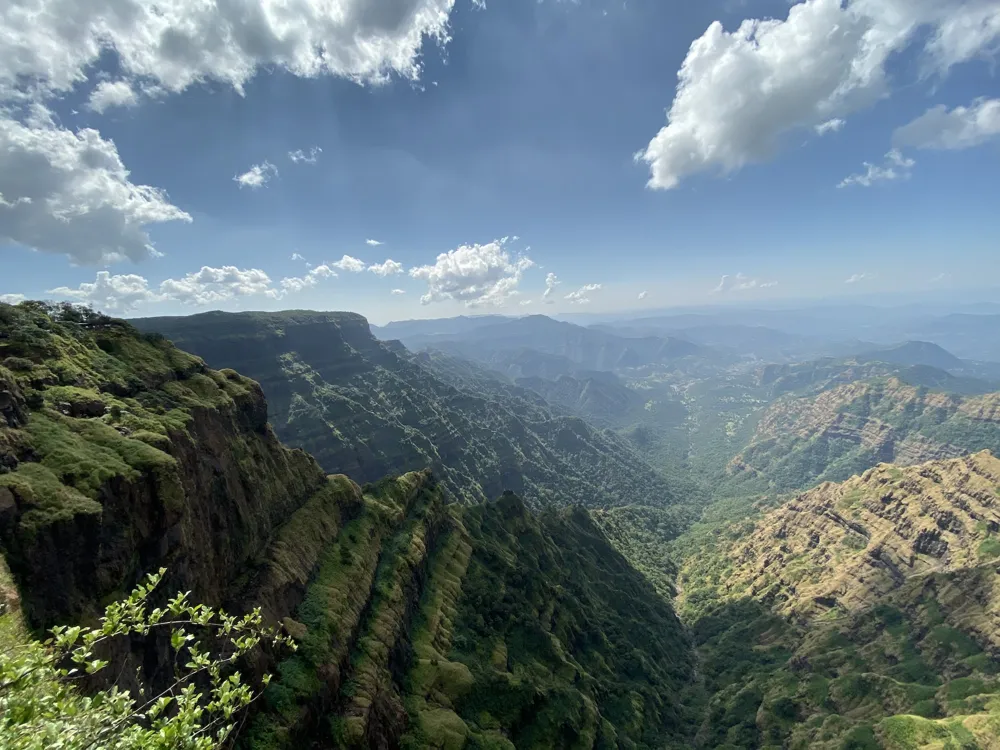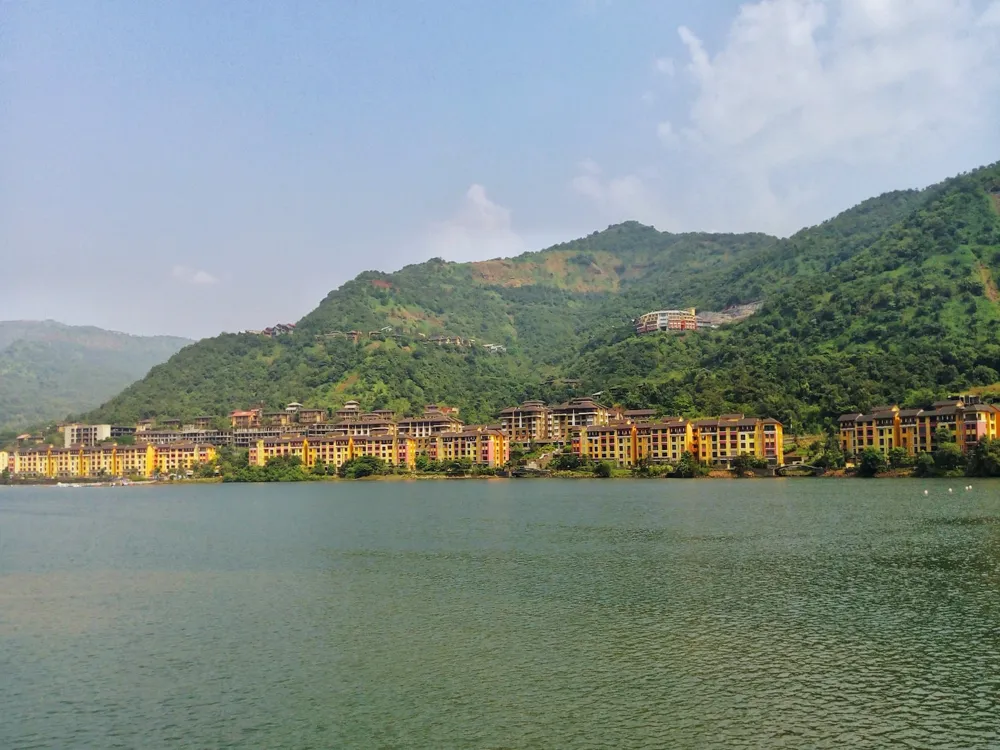Killa Arak, located in Aurangabad, Maharashtra, is a historical fort that stands as a testament to the rich cultural heritage and architectural brilliance of the region. Built in the late 17th century under the patronage of Mughal Emperor Aurangzeb, it symbolizes the confluence of Mughal and Maratha architectural styles. Spanning over a vast area, Killa Arak is renowned for its robust fortifications, intricate carvings, and expansive courtyards. The fort's strategic position in Aurangabad made it a significant power center in the Deccan region. The architectural splendor of Killa Arak is evident in its impressive gateways, domes, and bastions. The main entrance, adorned with ornate carvings and inlays, leads to a series of palaces, halls, and mosques inside the fort. Each structure within the fort complex tells a story of the era it was built in, reflecting the artistic and cultural ethos of the time. The fort's layout is a fine example of the Mughal-era military architecture, designed to provide security as well as aesthetic appeal. Over the years, Killa Arak has witnessed numerous battles and has undergone several renovations, each adding a layer to its rich history. Today, it stands not only as a historical landmark but also as a symbol of the enduring legacy of India's architectural heritage. Visitors to the fort can explore its various sections, including the royal palaces, public meeting halls (Diwan-i-Aam), private chambers (Diwan-i-Khas), and the beautifully landscaped Mughal gardens. The architecture of Killa Arak is a remarkable blend of Mughal and Maratha influences, embodying the rich cultural diversity of India. The fort's design showcases the sophistication of Mughal architecture combined with the sturdy elements typical of Maratha fortifications. The walls of the fort are constructed with immense precision and strength, made to withstand long sieges. Intricate carvings, detailed inlays, and ornamental designs are a common sight on the gates, walls, and ceilings of the fort. One of the notable features of Killa Arak is its majestic gateways, each a masterpiece in itself. The gates are designed not only for defensive purposes but also as grand entrances that showcase the wealth and power of the rulers. The main gate, for instance, is adorned with intricate carvings and calligraphy, setting the tone for the opulence within. Inside the fort, the palaces and halls are examples of exquisite craftsmanship. The Diwan-i-Aam and Diwan-i-Khas, for instance, feature high ceilings, large windows, and ornate decorations, reflecting the grandeur of Mughal court life. The fort also houses several mosques, each with its unique architectural style, featuring domes, arches, and minarets. The blend of Islamic and Hindu architectural elements is evident in the motifs and structural designs. Another significant aspect of Killa Arak's architecture is its gardens. The Mughal gardens within the fort complex are laid out in the Charbagh style, with symmetrical quadrants, water features, and lush greenery. These gardens were not only recreational areas but also symbolized the concept of paradise as described in Islamic cosmology. - Best Time to Visit: The ideal time to visit Killa Arak is from November to February, as the weather is pleasant. - Opening Hours: Check the current opening hours before planning your trip, as they might vary. - Comfortable Footwear: The fort requires a fair amount of walking, so wear comfortable shoes. - Water and Snacks: Bring water and some snacks, as there might be limited options available inside. - Opt for a Guided Tour: To fully appreciate the historical significance and architecture, consider taking a guided tour. Killa Arak is easily accessible from various parts of Maharashtra. The nearest airport is Aurangabad Airport, which is well-connected to major cities in India. From the airport, one can hire taxis or use public transportation to reach the fort. For those traveling by train, Aurangabad Railway Station is the closest, with frequent trains from major cities. Additionally, Aurangabad is well-connected by road, with state-run and private buses regularly plying to the city from various parts of the state. READ MORE:Overview of Killa Arak, Aurangabad, Maharashtra
Architecture of Killa Arak
Tips When Visiting Killa Arak
Planning Your Visit
What to Bring
Guided Tours
How To Reach Killa Arak
Killa Arak
Aurangabad
Maharashtra Goa
NaN onwards
View aurangabad Packages
Weather :
Tags : Historical Site
Time Required : Less than 1 hour
Planning a Trip? Ask Your Question
Aurangabad Travel Packages
View All Packages For Aurangabad
Top Hotel Collections for Aurangabad

Private Pool

Luxury Hotels

5-Star Hotels

Pet Friendly
Top Hotels Near Aurangabad
Other Top Ranking Places In Aurangabad
View All Places To Visit In aurangabad
View aurangabad Packages
Weather :
Tags : Historical Site
Time Required : Less than 1 hour
Planning a Trip? Ask Your Question
Aurangabad Travel Packages
View All Packages For Aurangabad
Top Hotel Collections for Aurangabad

Private Pool

Luxury Hotels

5-Star Hotels

Pet Friendly







